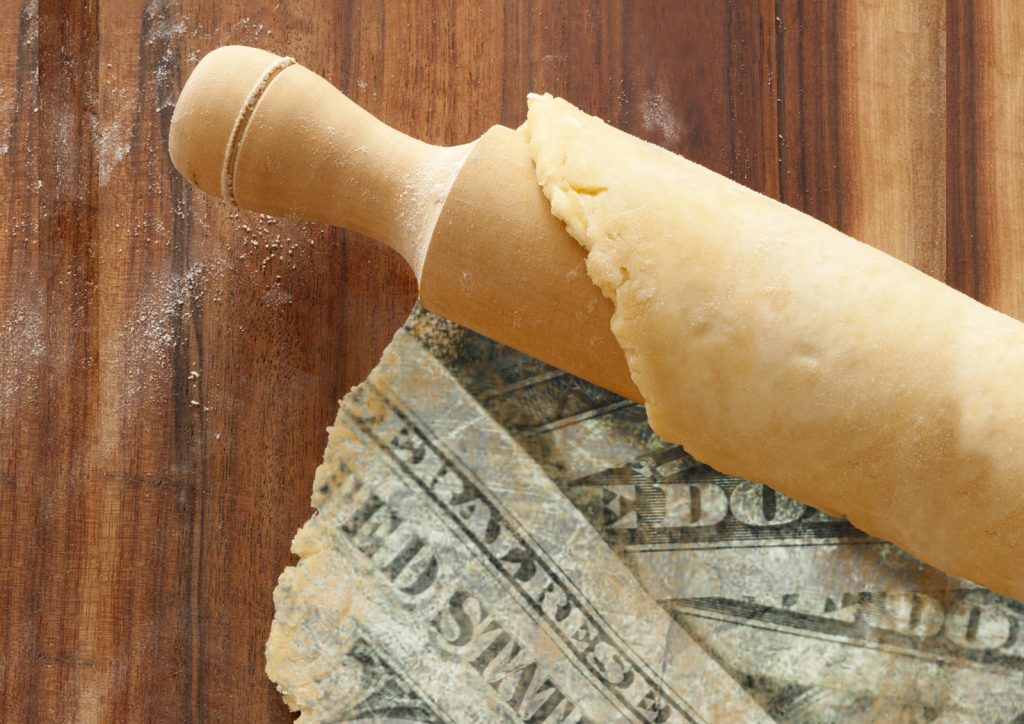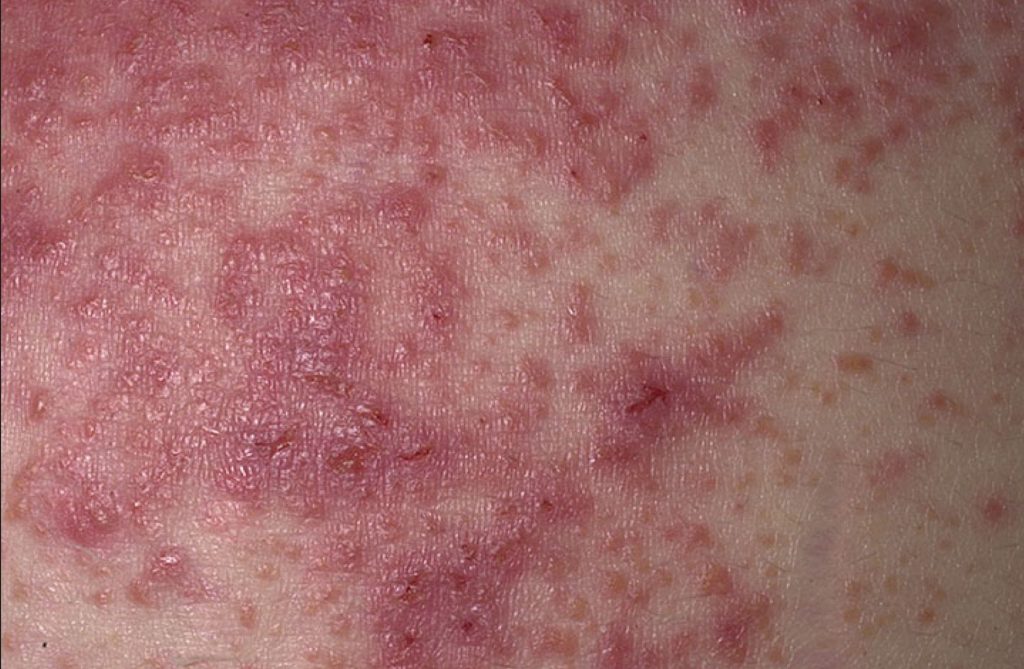The gluten free diet can seem overwhelming at first, but with some practice and some simple first steps, you will be on your way to a healthier life. As you start to feel better with your new lifestyle, you will see that the gluten free diet really does become easier with time.
Avoid all gluten containing foods.
This includes, but is not limited to wheat, rye, barley, malt, spelt, kamut, triticale, couscous, wheat starch, beer, oats, pasta, breads, and sweets.
Beware of hidden sources.
Gluten can be found lurking in candies, soy sauce, deli meats, cheeses, envelopes, stamps, chapstick, cosmetics, play dough, toothpaste, mouthwash, medications, vitamins and more.
Check all labels, often.
Many processed foods purchase their ingredients from the cheapest source. That means those chips you love with corn starch in them one month, may contain wheat starch the next. Make sure you check labels every time you purchase packaged food and call the manufacturer if you are unsure about an ingredient. Packaged items claiming to be “gluten free”, but processed in facilities that contain wheat should be avoided.
Check your personal hygiene products.
This is a controversial issue and many healthcare professionals will tell you that your personal hygiene products don’t matter. The Gluten Free RN disagrees. If you have dermatitis herpetiformis, there are small tears in your skin. Putting gluten containing lotions on your skin is like pouring gluten directly into your blood stream.
Check out Dessert Essence and Gluten Free Savonnerie for gluten free brands.
Clean out your kitchen.
Empty your cupboards and give the gluten containing products away. Clean out the utensil drawer. Replace your wooden cutting boards and spoons, your toaster, sponge, and bread machine. If you MUST keep gluten containing food in your house, put it in a separate cupboard on a different counter and away from the rest of the food.
Be aware of cross contamination.
This is especially important if you share the house with gluten-consuming family members. We had a patient once complain that her peanut butter was making her sick. No, it was the breadcrumbs in the peanut butter from her son double dipping his knife while making sandwiches. Ideally, you will have a gluten free kitchen. If that is just not possible, have clearly labeled separate containers for butter, mayonnaise, peanut butter, jelly, honey and anything else that you may need to spread on bread. Separate utensils and sponges and a different toaster are also important.
Furthermore, flour is airborne. If anyone is baking in your house, it is very likely that the flour has gotten onto your gluten free area. You will need to re-sanitize before eating.
Be careful eating out, even at restaurants that have gluten free menus. If they do not have a separate kitchen and are preparing gluten containing items as well, it is very likely that your dish has been contaminated. Avoid anything fried, as they probably fried croutons, onion rings or breaded items in the same oil. Bread may have been grilled in the same area that your chicken breast is on, cut with the same utensils or placed on the same counter.


